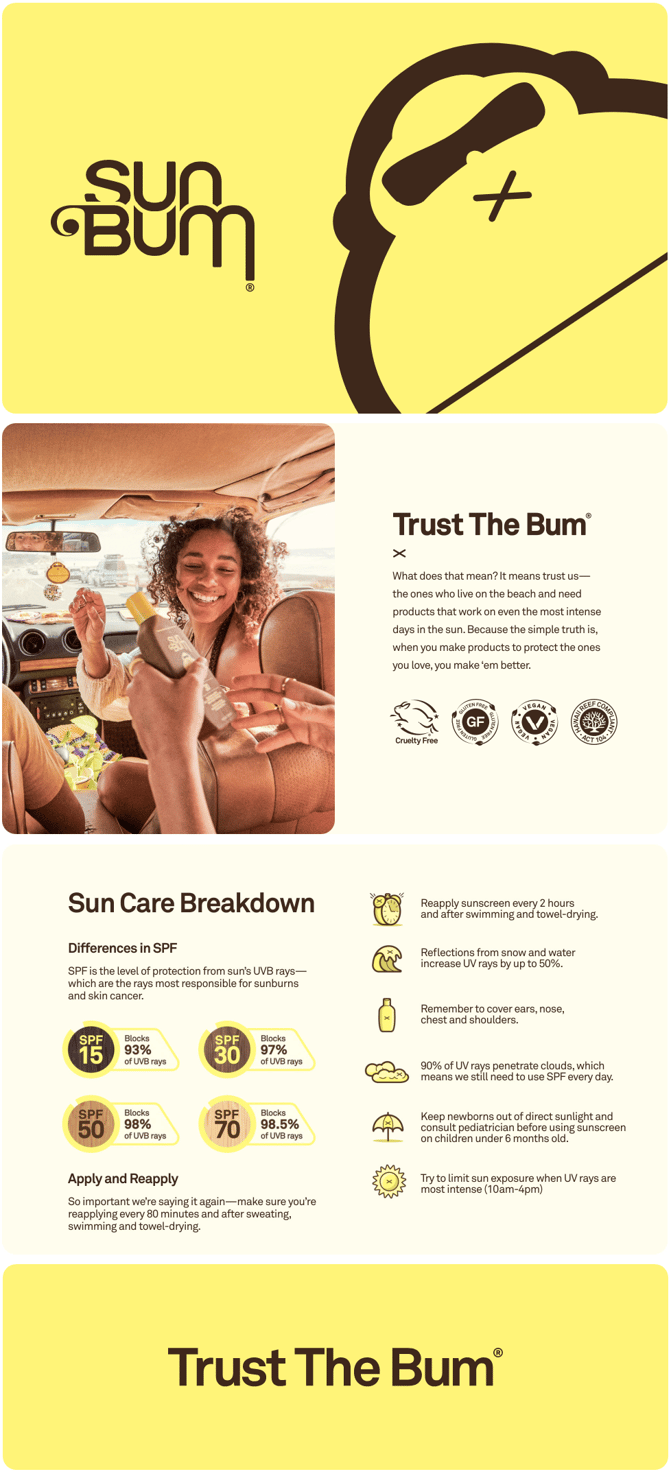Amazon has over 2.5 million active sellers. With such a large pool of competition, optimizing your product listings on Amazon is essential to stand out and increase your sales. In this article, we'll discuss some tips and best practices for optimizing your Amazon product listings.
1. Conduct Keyword Research
Keyword research is a crucial first step in optimizing your Amazon product listings. It involves identifying the relevant keywords your potential customers use to search for your product. By using the right keywords, you can improve your product's visibility in search results and attract more customers to your listing.
There are several ways to conduct keyword research on Amazon. You can start by using Amazon's auto-suggest feature, which provides suggestions based on the keywords you enter in the search bar. You can also use tools like Jungle Scout, Helium 10, or AMZScout to find relevant keywords for your product. These tools can provide data on search volume, competition level, and other metrics to help you choose the most effective keywords.
Once you have identified the keywords, make sure to include them in your product title, description, bullet points, and backend search terms. However, it's important to use keywords in a natural and relevant way and avoid keyword stuffing, which can negatively impact your ranking.
2. Optimize Product Title
The product title is the most important element of your Amazon product listing. It should be descriptive, concise, and include the most important keywords. It's the first thing that customers see when they search for your product, and it can significantly impact their decision to click on your listing.
When optimizing your product title, consider the following:
- Include the most important keywords.
- Convey the benefits and features of your product.
- Differentiate your titles from your competitors.
- Try to use all 200 characters you are allowed for the title.
- Use uppercase letters to highlight key information.
- Avoid using special characters or symbols that can make your title look unprofessional.
- Avoid repeating any keywords.
Here's an example of a well-optimized product title: "18 x 12 Inch Extra Large 100% Organic Bamboo Cutting Board for Kitchen Meal Prep & Serving with Juice Groove and Non-Slip Feet - Charcuterie & Chopping Butcher Block for Meat."
3. Create Compelling Product Descriptions
A well-crafted product description can help convert potential customers into buyers. Your product description should provide all the necessary information about your product, including its features, benefits, and specifications. It should be engaging, easy to read, and highlight the unique selling proposition of your product.
When creating your product description, use short paragraphs and bullet points to make it easy to read. Use descriptive language to highlight the benefits and features of your product and include any relevant information that can help customers make an informed buying decision.
Here's an example of a well-crafted product description: "Our organic bamboo cutting board is the perfect addition to your kitchen. Its extra-large size and juice groove make it ideal for chopping vegetables, fruits, and meats. The non-slip feet keep the board in place while you work, and the durable bamboo material is gentle on knives and easy to clean. Plus, it's eco-friendly and sustainable, so you can feel good about your purchase."
4. Use A+ Content
A+ Content, formerly known as Enhanced Brand Content (EBC), is a feature available only to brand-registered sellers on Amazon. In this case, A+ content will replace the product description mentioned above. It allows you to create visually rich product descriptions, including images, videos, and comparison charts.
Here are some key features of A+ content:
- Customizable templates: A+ content provides a variety of customizable templates that sellers can use to create visually appealing product descriptions. These templates include up to five module options for text, images, comparison charts, and other graphics.
- Branding elements: A+ content allows sellers to include branding elements such as logos, taglines, and brand messaging in their product descriptions, helping to create a more cohesive brand experience for customers.
- Enhanced product descriptions: A+ content allows sellers to provide more detailed and informative product descriptions, including features and benefits, usage instructions, and other helpful information.
- Improved conversion rates: Studies have shown that A+ content can improve conversion rates and drive sales, as it helps to create a more engaging and informative shopping experience for customers.
- Analytics and reporting: Amazon provides analytics and reporting tools for A+ content, allowing sellers to track the performance of their content and make adjustments as needed to improve results.
EBC can help you showcase your brand's story and differentiate your product from competitors. It can also help increase customer trust and loyalty.

5. Use High-Quality Images
High-quality images can help you showcase your product and attract customers to your listing. Make sure to use high-resolution images with a white background and multiple angles of your product.
Amazon allows up to nine images per product listing, so take advantage of it and showcase your product from all angles. If you're selling a product requiring assembly or multiple parts, you should include a diagram or instructions in the images.
When taking product images, use natural lighting and avoid using filters or heavy editing. Make sure that the images accurately represent your product and show its size, shape, and color.
Here are some of the key guidelines for product images on Amazon:
- Image quality: Amazon requires high-quality product images with a minimum resolution of 1000 pixels on the longest side. Images should be in focus and well-lit, with accurate colors and no visual distractions.
- Product Representation: Product images should accurately represent the product being sold, with no misleading or false information. Images should show the entire product and be taken from multiple angles to provide a complete view.
- Background: Amazon requires that product images have a white background with no additional text, logos, or watermarks. The product should be the image's main focus, with no distracting elements in the background.
- Size and format: Images should be in JPEG, TIFF, PNG, or GIF format and should not exceed 10MB in size. Amazon recommends a 1:1 square image ratio for most products, but some categories may have different requirements.
- Image specifications: Amazon has specific requirements for image dimensions and file names, which vary by category. For example, in the Clothing & Accessories category, images must be at least 85% of the product's frame and named with the product's unique identifier and an image variant code.
- Additional image requirements: Some categories have additional image requirements, such as including a product packaging image or a size comparison image. Be sure to check the specific guidelines for your category to ensure that your images comply with all requirements.
6. Monitor and Optimize Your Listings
Optimizing your product listings is an ongoing process. It is important to monitor your listings regularly and make necessary changes to improve their performance. You can use Amazon's Seller Central or third-party tools like Jungle Scout or Helium 10 to track your product's ranking, reviews, and sales. Based on the data, you can make changes to your product title, description, images, and pricing to optimize your listings.
In conclusion, optimizing your Amazon product listings can help you stand out in a crowded marketplace and increase your sales. Following the tips above will help the A10 algorithm have your products rank higher on Amazon and achieve greater success as a seller. This algorithm is the engine that powers the search and discovery experience on Amazon. It uses a combination of factors to determine which products to show in search results and in what order. It considers how closely a product matches the search terms entered by the customer, including factors such as the product title, description, bullet points, backend search terms, customer reviews, and ratings.
We Can Help!
Phelps UNITED is here to provide expert guidance on your Amazon selling strategy and brand advertising tips, explore our website to learn more.



.jpg?width=2500&height=2500&name=Video%20Webcam%20with%20Microphone%20Photo%20Cam%20(1).jpg)

